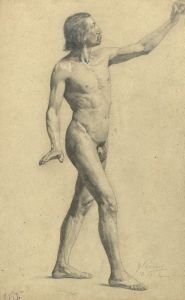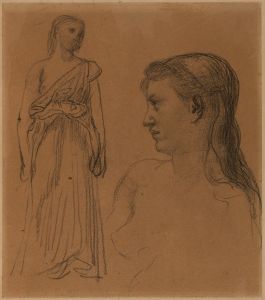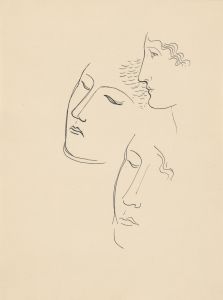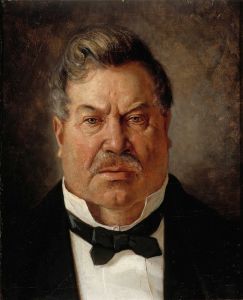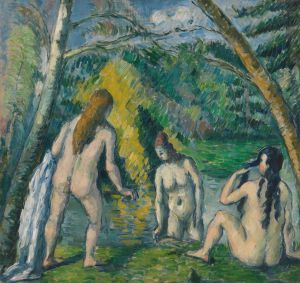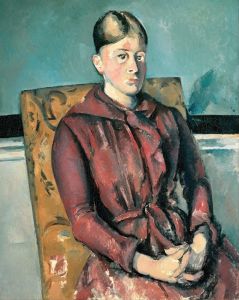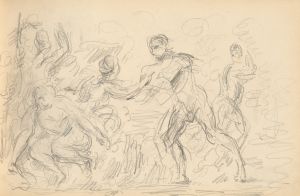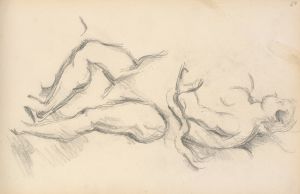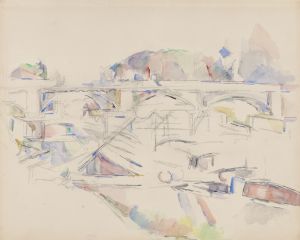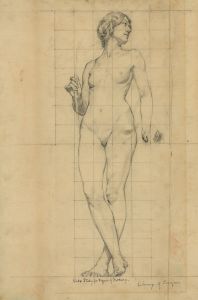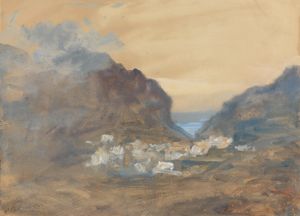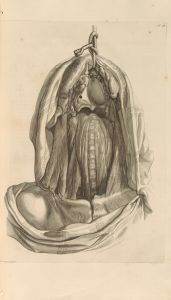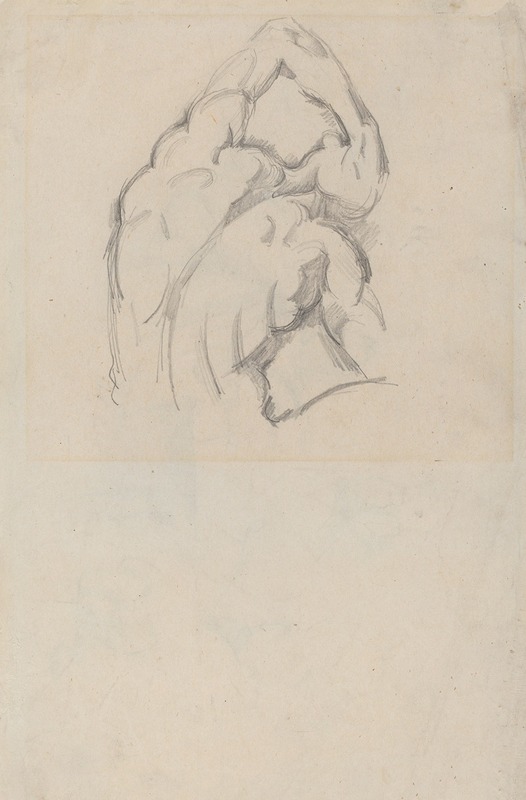
Study of the ‘Ecorché’
A hand-painted replica of Paul Cézanne’s masterpiece Study of the ‘Ecorché’, meticulously crafted by professional artists to capture the true essence of the original. Each piece is created with museum-quality canvas and rare mineral pigments, carefully painted by experienced artists with delicate brushstrokes and rich, layered colors to perfectly recreate the texture of the original artwork. Unlike machine-printed reproductions, this hand-painted version brings the painting to life, infused with the artist’s emotions and skill in every stroke. Whether for personal collection or home decoration, it instantly elevates the artistic atmosphere of any space.
Paul Cézanne's Study of the ‘Écorché’ is a lesser-known work by the influential French Post-Impressionist painter. The term "écorché" refers to a figure or model of a human or animal with the skin removed to display the underlying musculature, often used in artistic anatomy studies. This particular study reflects Cézanne's interest in exploring the human form and his dedication to understanding structure and volume, which were central to his artistic practice.
The artwork is believed to have been created during Cézanne's formative years as an artist, likely in the 1860s or early 1870s, when he was deeply engaged in studying classical techniques and anatomy. During this period, Cézanne was influenced by the academic traditions of the École des Beaux-Arts and the works of Old Masters, as well as by his contemporaries. The Study of the ‘Écorché’ demonstrates his focus on the physicality of the human body, rendered with a sculptural quality that hints at his later innovations in form and perspective.
The painting or drawing (depending on the medium, which is not definitively documented) depicts an anatomical figure with pronounced musculature, likely based on a plaster cast or model commonly used in art schools of the time. Cézanne's approach to the subject emphasizes the solidity and weight of the figure, showcasing his early attempts to break away from the flatness of traditional academic art. This work can be seen as a precursor to his later experiments with geometric simplification and the interplay of light and shadow, which would become hallmarks of his mature style.
While Study of the ‘Écorché’ is not among Cézanne's most famous works, it provides valuable insight into his artistic development and his commitment to mastering the fundamentals of art. It also reflects the broader 19th-century artistic practice of studying anatomy as a foundation for creating realistic and expressive representations of the human body.
The current location of the artwork, as well as its exact dimensions and medium, are not widely documented, and it is not frequently exhibited or reproduced. However, it remains an important example of Cézanne's early explorations and his engagement with traditional artistic training, which he would later transform into a revolutionary approach that influenced the development of modern art.





